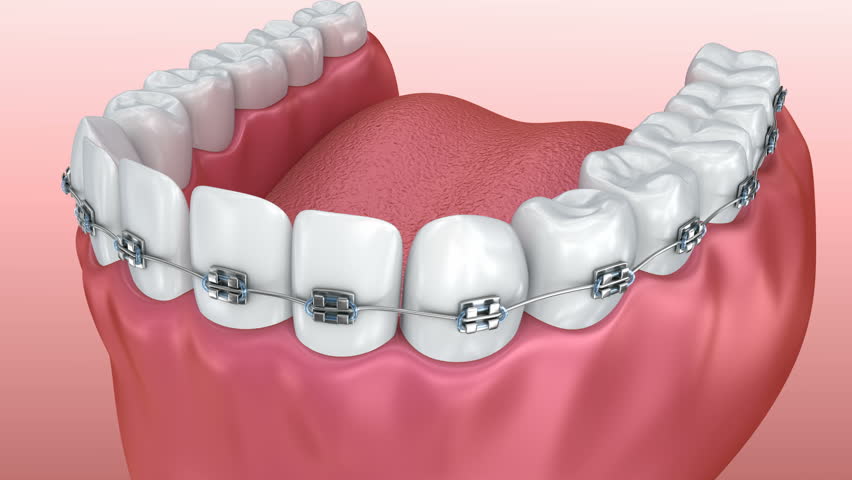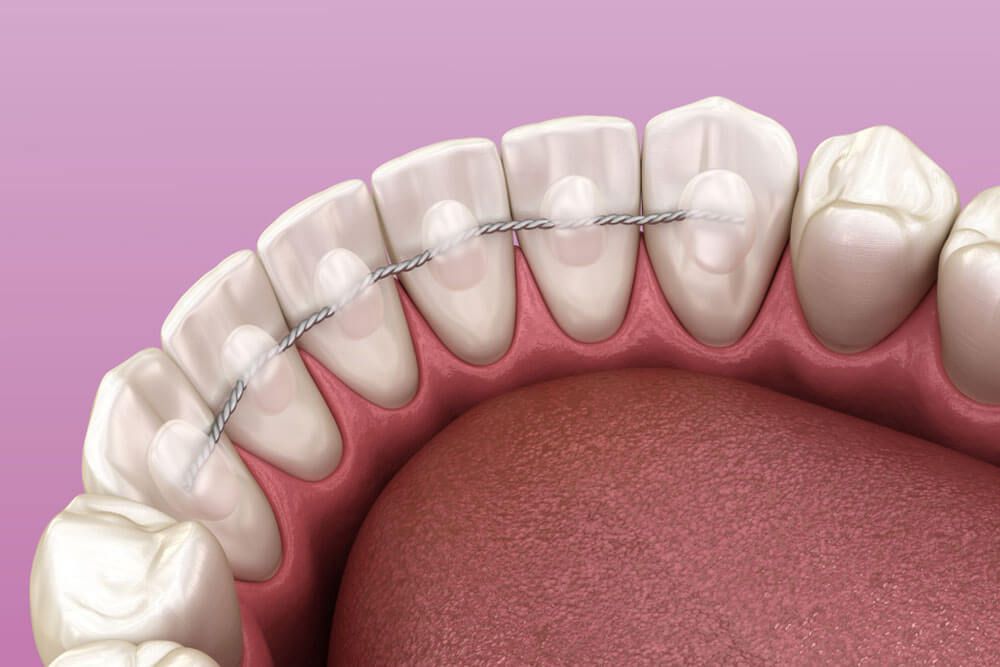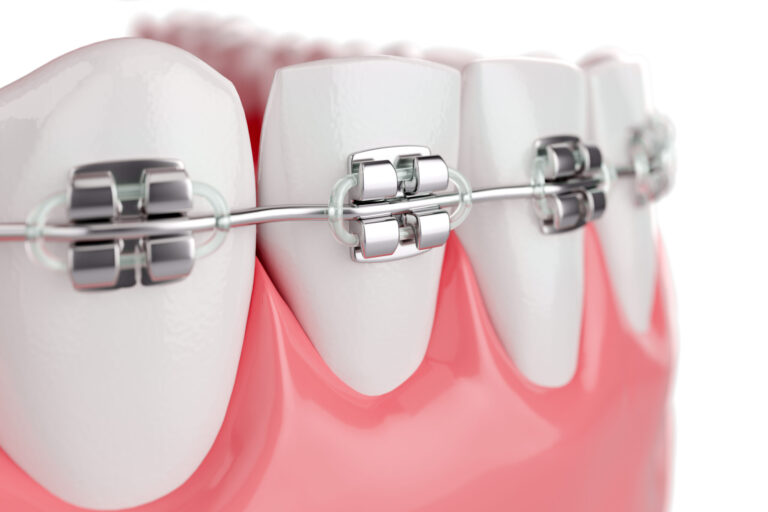The high expense of braces can be a source of concern and deterrence for potential patients seeking orthodontic care. This issue raises important questions: Why are braces so expensive? Some reasons are types of braces, Materials, Research and Development, Regional Variations, Overhead Expenses, Regional Variations, and Length of Time.
Orthodontic braces have long been hailed as a crucial solution for correcting dental misalignment and achieving a beautiful smile. However, one significant hurdle that many individuals face when considering treatment is the daunting cost associated with braces.
In this discussion, You will learn about the main causes of the high cost of aligners as well as other choices for treating dental issues.
Why Are Braces Expensive? What Factors Influence the Cost?

Materials: Braces are composed of high-quality materials like stainless steel, ceramic, or clear aligners X-ray machines, are durable and designed to withstand the forces needed to move teeth effectively. This equipment comes at a significant cost.
Research and Development: Orthodontic technology advancements demand significant investment, resulting in increased expenses for patients.
Specialized Training and Expertise: Their expertise, skill, and experience contribute to the overall cost of braces.
Overhead Expenses: Running a dental practice involves various overhead costs, including rent, utilities, staff salaries, and administrative expenses
Regional Variations: Healthcare expenses and living costs impact treatment pricing. Conversely, if you visit a dentist in a smaller city, you might find lower rates.
Technological Advancements: While technological developments provide faster and more successful treatments, they can also add to the high spending on implementing new procedures and instruments.
Length of Time: Teeth movement takes time, requiring braces to stay on for up to 3 years. Regular adjustments require monthly visits, involving labor, materials, equipment, and maintenance costs.
Types of braces: Traditional, clear, lingual, Invisalign, and at-home aligners cost varying amounts, with Clear, Lingual, and Invisalign being the most expensive.
Types of braces:
Traditional Metal Braces: These are the original orthodontic options, dating back centuries. They consist of small metal brackets attached to the front of teeth, connected by wires and bands. As teeth shift, the wires gently guide them into proper alignment.
Clear Aligners: Aligners are like clear mouthguards, fitting over teeth to discreetly straighten them. Ideal for adults seeking a subtle option, aligners are virtually invisible and can be removed as needed.
Self-Ligating Brackets: Unlike conventional metal braces, self-ligating braces use an integrated system to maintain wire tension, reducing the need for frequent dentist visits. This results in shorter appointments, easier cleaning, and less discomfort.
Ceramic Braces: Also known as tooth-colored braces, ceramic braces are crafted from sturdy dental porcelain. The brackets are clear or can be customized with various colors, blending in naturally while being strong and durable.
Lingual Braces (Invisible Braces): Similar to traditional braces, lingual braces are fixed on the back surface of teeth, making them practically invisible from the front. This choice preserves the cosmetic appearance of your smile while correcting alignment.
Insurance coverage and affordability
Despite the fact that braces are expensive owing to variables like modern materials and specific training, insurance coverage and alternative financing methods may provide some help. fortunately limiting coverage and benefit caps might have an influence on affordability.
In order to enjoy the life-changing advantages of orthodontic therapy, patients must negotiate these issues with careful deliberation and open talks with orthodontic employees.
Best Alternative to Braces
SmileDirectClub: Smile Direct Club provides custom-made aligners that move teeth. The product promises to work in as little as six months and comes with tooth whitening. When paid entirely up front, the price of the therapy is $2,050. Additionally, a payment schedule is offered.
Candid: Clear aligners constructed of Zendrua thermoplastic are available from Candid. These aligners, according to patients, are more comfortable and visually attractive than braces. Treatment normally lasts 6 months and costs $3,300 on average.
Byte: Byte offers personalized invisible aligners. They claim to be able to straighten teeth in half the time of competitors and give a lifetime warranty. $ 1,999 is the price. You can also sign up for a payment plan.
Invisalign: For six to 18 months, you wear your aligners day and night, except when eating, drinking, or cleaning your teeth. The average cost of Invisalign treatment is $5,000.
What Are The Average Costs For Braces?

Metal, ceramic, lingual, and clear aligner treatments cost varying amounts, with metal braces ranging from $3,000 to $7,000. Ceramic braces are more aesthetically pleasing, while lingual braces offer discreet options.
Additional costs to maintain your braces and oral health
Obtaining braces and maintaining oral health involves additional costs like retainers, dental check-ups, specialized products, emergency repairs, dietary adjustments, and treatment extensions.
FAQ
Is 18 too old to get braces?
No. There is not so age limit.
Are there any disadvantages of braces?
Yes, they can result in a permanent loss of length of the root of the tooth.
Can I use normal toothpaste for braces?
Yes, as long as the toothpaste is CDA-approved and contains fluoride.
How do you clean braces after eating?
Yes, you should brush after every meal.
Are Braces Worth The Cost?
getting braces as an adult can be a great way to improve your smile and oral health
Conclusion
The cost of braces is influenced by a combination of factors that contribute to their overall expense. These include the specialized expertise of orthodontists, who design and oversee personalized treatment plans, and the high-quality materials used in braces. Still, if you are in trouble you can use alternative options. Invisalign and Candid can be the best ones.
Despite the initial cost might seem high, the long-term advantages of having a good, functioning bite and a better smile make up for it and highlight the value that braces offer people who want to improve their dental alignment and general health.

